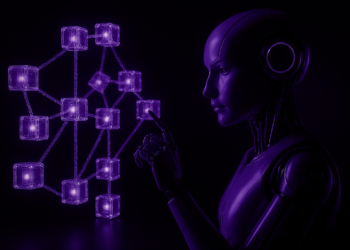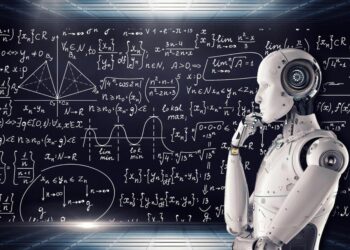We propose to give you all the answers to questions you never dared to ask an IT expert. We worked on a practical, shareable mind map about technologies and methodologies IT experts use every day. Let’s move on to this panorama
Why this panorama?
As an IT consultant, I’ve been working for years in an environment full of buzzwords, acronyms, and unpronounceable terms. But it recently occurred to me it’s getting harder and harder for non-IT people to find their ways through this nebula.
I feel like it’s our responsibility to avoid them to feel ashamed of not being able to follow our geek talks. I’m lucky to work every day with lots of different people, from HR to business development, finance or recruitment. That’s great they all feel confident enough to ask me questions about words they’ve been hearing when having a chat with candidates, customer, or anyone in general. So besides explaining repeatedly what Software Craftsmanship is or CRUD means, I started to build a mind map. I found this format practical, and totally helpful, as you just have to follow the links, and explore what you want.
My colleagues encouraged me to build something I could share with everybody, and they could also read by themselves. They told me it was hard for them to find “accessible” documentation about technologies, and ever more on methodologies. The internet is full of blog posts and articles, but they find it hard to really get into them. Too technical they said. Or so high level that they don’t feel like they learn anything. I intend to provide something in between.
Obviously, it’s incomplete, even though quite a lot of people already added their contributions, and argued about the way we should explain things. I’m pretty sure you’ll also have your own opinion.
How is it organized?
I tried to organize things in a somewhat logical way; in particular, 2 sides: technologies on the left, the “hard skills”, and methodologies on the right, the “soft skills”. Actually, this is a common way I use to explain the differences between a “classic” developer, and a Software Craftsman. The first has skills from the left side, the second has skills on both.
You may consider the left side has nothing you’re not already familiar with: languages, technological domains, tools, and various keywords. This latter section contains quite a lot of acronyms and other terms you would probably hear several times during tech meetups. Our intention is just to provide a short and simple (please have a look at “KISS”, would you ?) definition so anybody can take part of the conversations.
Unless you’re an experienced tech agilist, you may find content you’re not familiar with on the right side. It’s smaller than the left side, but not less important. I might even say it describes ingredients any project leader, tech expert or team member should consider if he wants the project to reach another level. The right side describes methodologies we as tech agilists recommend and implement on our projects. Three words only: Agile (of course), DevOps, and Software Craftsmanship.
The first one is already well known; well, I should say “famous” instead, cause I talked a lot of time with people sure about what Agile is, but who never heard about the 4 values and 12 principles. In fact, Agile is often considered equal to Scrum, and this common mistake is something we wanted to clarify. DevOps is maybe harder to define, as there’s no manifesto; anyway, we tried to provide some elements in order to help the understanding. When I try to explain what Software Craftsmanship is, and what it can bring on a project, I usually use a 3-word approach: testing, code quality, and community. My customers’ feedbacks were very positive, and I was asked several times to share this, so here it is!
Is it finalized?
Well, yes and no. Actually, if you are expecting an always-up-to-date document, I guess you’ll be disappointed. I only put technologies and methodologies we are currently using at WeSquad. We are still adding new tags from time to time, and I must admit it’s already quite huge! We initially wanted to focus only on recent and/or innovative topics, but we couldn’t miss the old but still used ones. Feel free to navigate through the mindmap, that’s what it’s made for!
Anyways, here is the link, hopefully, you would find it useful:
https://mm.tt/1030439747?t=BCKQ06nf1F
Want to learn more about skills, and more particularly Agile Coach skills ? Read this article : https://weblog.wemanity.com/a-successful-agile-coach-do-you-have-what-it-takes/












